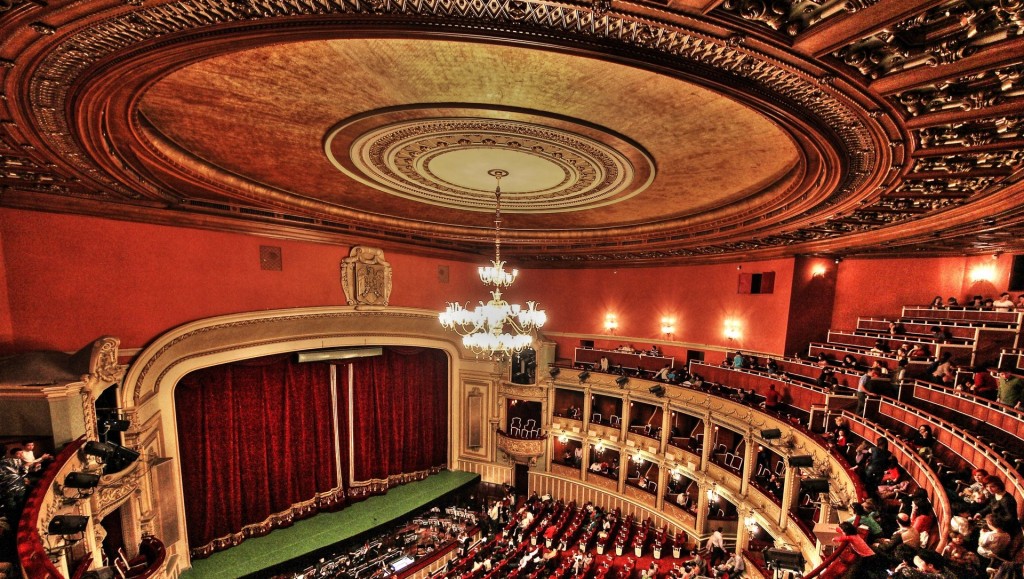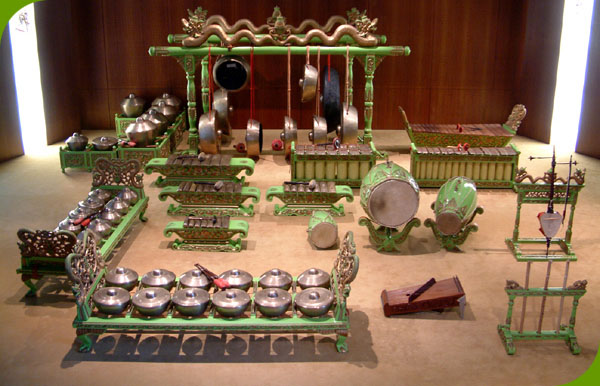

Despite these examples being far away from the modern ideas of bel canto, and ones that cannot be considered on their own as early singing treatises, we nevertheless have to observe a special interest into the art of vocal ornamentation namely the “primitive” coloratura, the use of diminutions, etc. Similarly, Combarieu mentions Adrian Petit Coclico and his Compendium Musices Descriptum from 1552, as well as Camille Maffei in 1562, both proposing new ornaments for specific moments in monodic singing. In this treatise Finck talked about the ‘ ars suaviter et eleganter cantandi’, presenting to the reader ornaments in the form of coloraturas that could be applied to some clausuli. The musicologist Christophe Combarieu relates some of those references in his book Le bel canto, mentioning for example Hermann Finck and his Practica Musica from 1556. From this, it is interesting to describe the common musical elements that evolved into the bel canto repertoire and how this ideas developed into the concept we are presently familiar with.Īfter the logical evolution of the monodic repertoires during the Medieval Period and the Renaissance, we find already some mention to new styles of singing during the 16 th century.

Especially relevant are the musicologist Robert Haas with his book Die Musik der Barocks (1928) and Manfred Bukofzer with Music in the Baroque Era (1947), who generalised the use of the concept in the Musicology, and extended the definition of the term to Italian vocal repertoire of the 17 th and 18 th centuries. It might have been during the beginning of the 20 th century when the term started to be used as a reference to concrete Italian repertoire of the beginning of the 19 th century. There are some mentions to it during the 18 th and 19 th centuries, always using it as a synonym of beautiful singing, which is the direct and literal translation of bel canto. As I mentioned in the previous chapter, it is not completely clear when the concept bel canto fell into regular basis.

It is instead important to contextualize the evolution of the term, in order to have a frame that could help us to achieve a clearer understanding of this categorization. It is not the goal of this research to present a synthesis of the bel canto in detail. THE EVOLUTION OF THE BEL CANTO THROUGHOUT THE HISTORY


 0 kommentar(er)
0 kommentar(er)
